Slovenian National Supercomputing Network
The Slovenian National Supercomputing Network (SLING) is a consortium of partners dedicated to advancing supercomputing, networked and distributed computing, and high-performance computing systems for research in science, education, business, and public administration. The consortium is led by Arnes, which represents Slovenia on behalf of SLING in European and global organizations and supports the consortium’s activities.
SLING provides users with central national infrastructure services, and access to supercomputing systems and clusters. These are managed by the individual members, while Arnes, as the representative, ensures the test environment and training with access to the Arnes HPC cluster.
The mission of SLING includes:

Developing a sustainable national infrastructure of supercomputing systems and connecting them to an advanced networking infrastructure (supercomputing grid).

Establishing knowledge centers and providing training in the use of supercomputers and other high performance computing (HPC) systems, as well as technology transfer to new application areas that expand the horizons of science.

Providing access to shared national, international, and European capacities for SLING members and all eligible users.

Integrating Slovenian infrastructure in various European and international initiatives.

Actively participating in initiatives such as EuroHPC JU, EGI, PRACE, and those aimed at providing support (EuroCC 2, CoE, etc.).

Assisting in the integration of new partners and providing organizational, infrastructural, and arbitration support for the establishment of cooperation agreements between partners.



